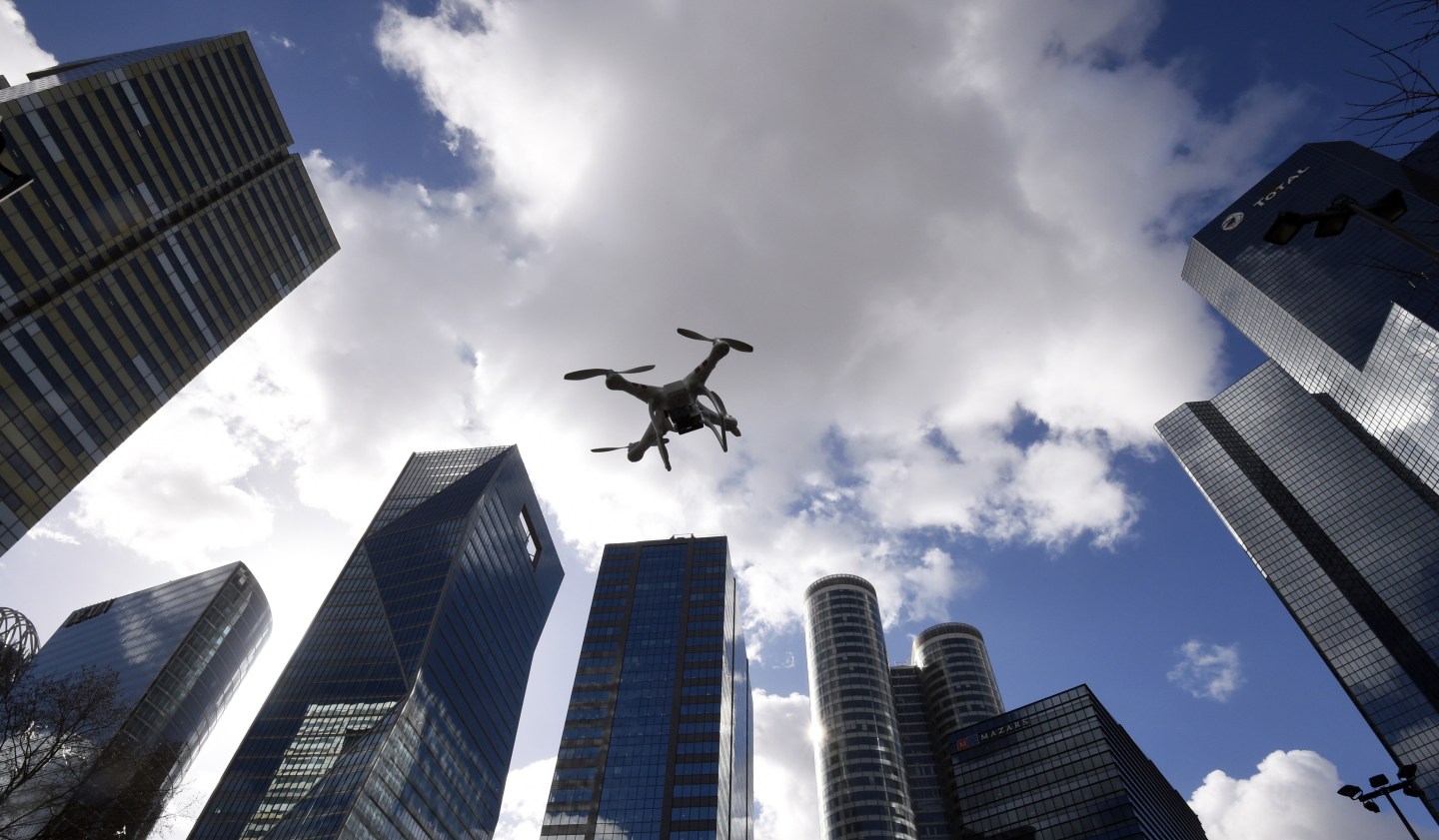On Wednesday, March 11th, the aircraft dubbed Solar Impulse 2 landed in Ahmedabad, Gujarat after a 912 mile flight from Abu Dhabi. From takeoff to landing, the flight was entirely solar-powered, making it the longest continuous solar flight ever. That record is unlikely to last more than a few weeks — over the next five months, project visionaries Bertrand Piccard and André Borschberg will alternate stretches piloting Solar Impulse 2, which they bill as “the only airplane of perpetual endurance,” all the way around the world — including nonstop, multi-day flights over two oceans, all using only the power of the sun.
The project is a beacon for a rising wave of practical solar aviation that will radically reshape how we use the sky above our heads. Solar is unlikely to provide more than a supplemental boost to heavy, power-hungry commercial airliners. But less conventional flyers — most of them, unlike Solar Impulse 2, without pilots — may soon use solar energy to provide constant monitoring of crops and infrastructure, deliver packages to remote areas, beam information around the globe — and, less cheerfully, to spy on us. Many will fly for years without landing, becoming invisible parts of the infrastructure of the human world.
James Grimsley, associate vice president for research at the University of Oklahoma, and founder of Design Intelligence Incorporated, LLC (DII), argues that solar-powered Small Unmanned Aerial Vehicles — UAVs, better known as drones — with long flight times present transformative solutions to major future challenges. He points out that the globe will be adding two billion people over the next twenty years, and that solar UAVs monitoring and treating crops and soil on a near-perpetual basis could help solve the inevitable food challenge by making large-scale farming even more efficient.
Grimsley also envisions small solar UAVs plugging infrastructure gaps in remote areas — delivering blood samples between a village clinic and a lab hundreds of miles away, or inspecting far-flung electrical lines. Both tasks have been hypothesized for drones in general, but battery limits make solar an essential part of those scenarios.
The potential of much larger solar drones is even more radically transformative — and maybe a little disturbing. Before being purchased by Google in early 2014, Titan Aerospace was working to develop high-altitude solar drones with wings more than half a football field across. The Titan would fly at 65,000 feet — and with no need to refuel, could be airborne for up to three years, continuously. Meanwhile, the U.S. Defense Advanced Research Projects Agency, or DARPA, has been hard at work on the Vulture, a huge UAV designed to put a 1,000 pound payload in solar-powered flight at between 60,000 and 90,000 feet, for as long as five years.
These High Altitude, Long Endurance (HALE) planes would operate well out of commercial airspace, and in fact above the ceiling where it’s practical to operate a conventional jet — it’s hard to burn fuel where there’s almost no oxygen. There are also no clouds at that altitude, and less turbulence and air resistance. Like Solar Impulse 2, HALEs will charge batteries during the day that will keep them flying during the night. Their continuous, long-term flight would make them in some ways more like satellites than planes, but able to shift course more easily.
But HALE payloads might worry some. Google has floated plans to use Titans as part of the Loon wireless network, but they also might carry photo equipment. And the Vulture is being developed specifically for surveillance activities. Like a spy satellite, HALEs would be practically invisible from the ground, but could navigate quickly to a specific target, making them a robust addition to our growing list of privacy fears.
Solar flight has one much more utopian potential. Grimsley foresees the following generation of solar UAVs radically strengthening our ability to explore other planets. Current land-based tools like the Mars Curiosity Rover move slowly and cover only a few square miles, and orbital satellites can’t get close up for physical samples. But solar-powered UAVs, dropped into the atmosphere of a sunny planet, could give us a more responsive, wide-ranging, and up-close viewpoint — all without carrying an ounce of fuel.
